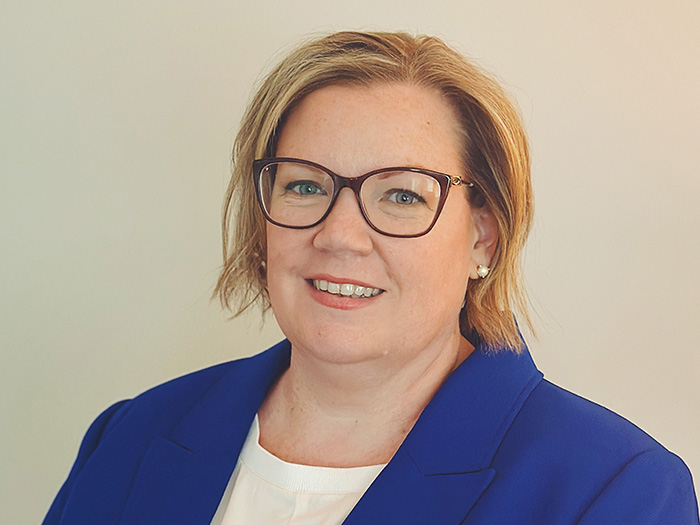When It Comes to Active Shooters and Insurance Policies, Does Your Risk Manager Know What They’re Talking About?

It’s a terrifying reality that active shooter incidents take place every day in the United States. From an employer’s perspective, it’s even more alarming that 48% of those incidents take place in the workplace.
With active shooter situations remaining a threat, it’s no wonder that they’re never far from risk managers’ minds.
During the session “Active Shooter: Emerging Insurance and Risk Management Perspectives,” at the Future of Risk™ virtual conference, panelists discussed the growing number of active shooter claims across the nation, as well as the coverages these incidents may — or may not — trigger. The virtual conference was hosted by R&I’s parent company The Institutes® on April 2-3.
By the Numbers
To understand the gravity of the topic, it’s important to address the toll that active shooter incidents and mass murders have on human lives and the economy.
- According to the Federal Bureau of Investigation and the U.S. Department of Homeland Security, an active shooting incident is defined as an individual actively engaged in killing or attempting to kill people in a confined and populated area. A mass murder is defined as the killing of four or more people, not including the shooter.
- According to the Gun Violence Archive, there were 416 mass shootings and 31 mass murders (shootings where four or more people were killed) in 2019. That is more than double the amount that took place between 1966 and 2018, a forty-two year period.
- Gifford Law Center, a non-profit dedicated to preventing gun violence, reported that active shootings cost the American economy $229 billion annually, including $8.6 billion in direct expenses such as medical care.
The increased frequency of shootings has brought more attention to the policies behind active shooter coverage, the exclusions that may or may not apply when the incidents occur, and the legal obligation for organizations to properly respond.
“Because these mass shootings are happening more frequently, the duty of care has increased,” said Adam Roth, senior claims examiner, Employment Practices Liability Insurance, Arch Insurance Group.
Types of Policies Available
There are multiple lines of insurance that potentially cover losses related to mass shooting incidents, and more are emerging, including Commercial General Liability, Mass Shooting Professional Liability and employee benefits policies to protect traveling employees.
There are also coverages that relate to property damage expenses, loss of revenue and loss of attraction relating to a damaged brand.
A range of claims can emerge from incidents of gun violence, including bodily harm, emotional distress and property damage, from victims, employees, and third parties.
“In most of these cases, you’re going to have very questionable liability at best on a named insured. You’re starting with a tenuous coverage spot because liability is a key component of any conventional general liability coverage,” said Bob Titus, CLM Advisor and principal at Risk Analytics.
“In the case of Sandy Hook, based on crisis management, it was recommended that the school be redesigned. So right there, that takes out any traditional insurance coverage that the school might have had.” — Bob Titus, CLM Advisor, principal, Risk Analytics
Coverage for workplace violence, such as an employee attempting to harm other employees, might be different.
“For workplace violence, it’s specifically an endorsement on the D&O executive insurance policies,” added Roth.
“These are typically, on the employment side, added as an endorsement and have totally different limits that you wouldn’t have under EPL coverage parts, so it’s critical that brokers review these things with their insureds and see what benefits they have.”
Costs of Emotional Distress
Exclusions and excess costs are known to creep up on any insured, but they’re especially tricky in instances that can cause death and emotional distress.
A lot of financial impact from active shooter events comes from the avoidance of further trauma for those involved, such as the employees or students who have to return to the site where the violence took place. In such a case, funds to build a new facility would not be covered by insurance.
“In the case of Sandy Hook, based on crisis management, it was recommended that the school be redesigned. So right there, that takes out any traditional insurance coverage that the school might have had,” said Titus.
“In these types of situations you’re going to have a lot of claims that are exclusively emotional distress claims, which presents some challenges as well for conventional general liability policies.”
Titus also stressed the importance of having emotional distress coverage for third parties that may be involved in the event, such as first responders, in the case they bring a negligence claim against your organization.
To make sure you are also covered for every exposed area of liability, it’s critical to think outside of the box about things like negligence. This could be against security guards or schools or municipalities’ preparedness operations.
“There are all kinds of people who can be involved as potential claimants against your policy, aside from the ones you think of off the top of your head,” said Titus.
The increased frequency of events, as well as the emergence of new coverages, make knowledge of this niche market particularly specialized. That’s why it’s important to have a broker who reviews every policy’s details with insureds, so questions are answered beforehand in the unlikely event a tragedy takes place.
“Arch claims handlers are taking a real step-by-step approach when going through policy language with insureds, to make sure everyone gets the full benefit of the coverage,” said Roth.
Simply put: “When you have a broker who really knows their policies, it always benefits the insured.” &











